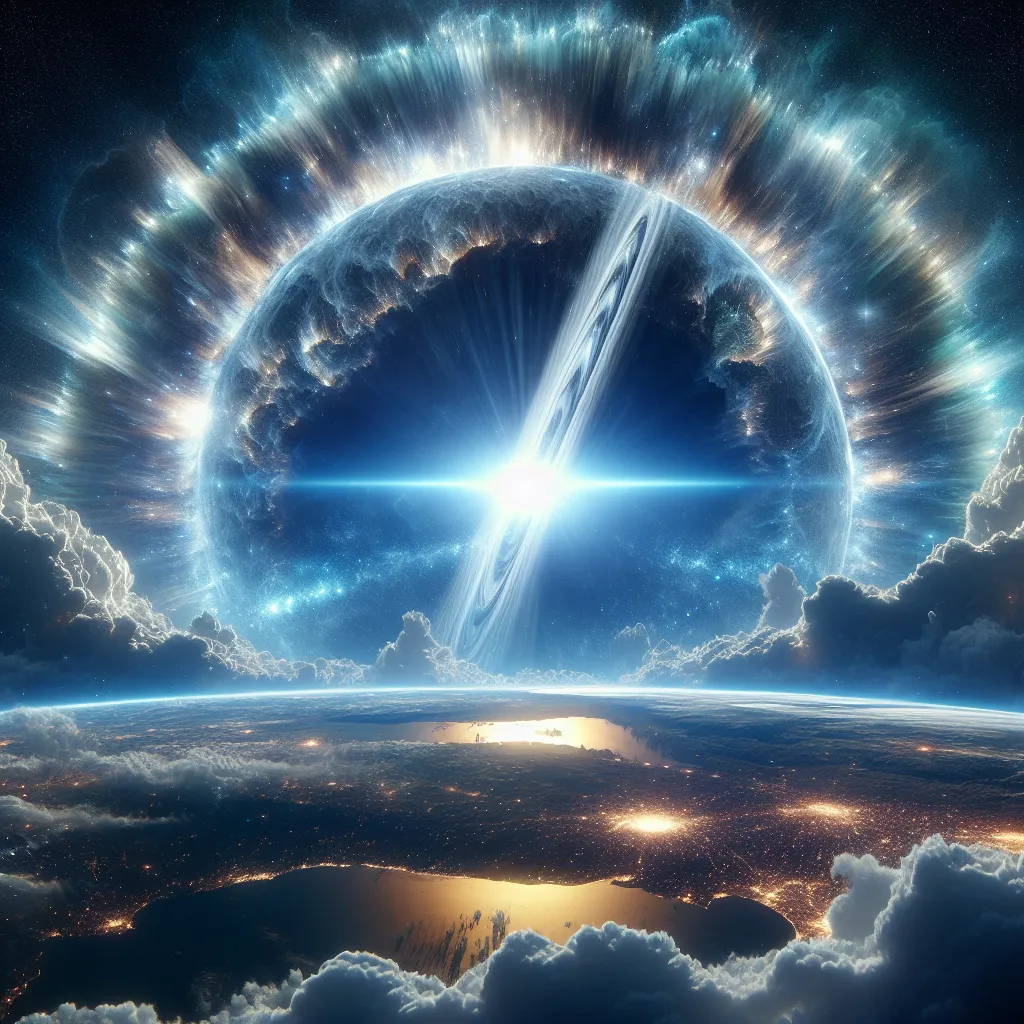A battle has raged for billions of years, breeding well-armed microscopic monsters. Most of these creatures don’t pose a significant threat to us, as our immune systems handle them quite well. But, some exceptions exist. One such exception is Naegleria fowleri, an amoeba with a deadly appetite for human brains, which often makes dramatic headlines. Let’s dive deep into what happens when this monster enters your body.
Naegleria fowleri is a tiny, single-celled organism mostly found in warm freshwater environments like ponds, rivers, lakes, and hot springs. It can also thrive in pipes, swimming pools, and fountains if they’re not adequately treated. This amoeba hunts bacteria and other small organisms, transforming into different stages throughout its life to survive.
Millions of people come into contact with Naegleria fowleri, especially in warmer climates, and for the majority, it’s harmless. The risk arises when contaminated water enters a person’s nose while swimming or diving. A single drop of lake water teems with microscopic life, but Naegleria fowleri stands out due to its potentially dangerous journey from the nose to the brain.
Once inside the nose, Naegleria fowleri doesn’t particularly want to cause trouble and is just looking to munch on some bacteria. Unfortunately, it encounters your olfactory nerve cells, which are responsible for your sense of smell and use acetylcholine to communicate. These nerve cells unwittingly attract Naegleria fowleri, which then makes its way toward your brain.
While the immune system springs into action to defend against the amoeba, Naegleria fowleri is a tough adversary. It can evade and even attack immune cells, continuing its path until it reaches the brain. This journey takes a few days, during which the infected person feels no symptoms.
Once in the brain, Naegleria fowleri unleashes chaos, attacking brain cells and triggering an immune response that only exacerbates the situation. The brain swells, leading to serious symptoms like headaches, fever, nausea, confusion, seizures, and even hallucinations. Tragically, the infection is almost always fatal within a week as the swelling brain crushes crucial areas like the brainstem.
Despite its terrifying potential, infections by Naegleria fowleri are extremely rare, with only a few hundred cases over the last few decades. The amoeba must first enter the nose and then navigate past several lines of defense, making the odds of infection quite low. You’re far likelier to drown in a pool than contract a Naegleria fowleri infection.
This deadly amoeba, while remarkable in its ability to adapt and survive, is not a significant public health threat. Most encounters with Naegleria fowleri end harmlessly, and new research may eventually lead to effective treatments against this rare but horrifying infection. Until then, the hunt continues, primarily for bacteria in warm water, and occasionally, very rarely, for humans.






